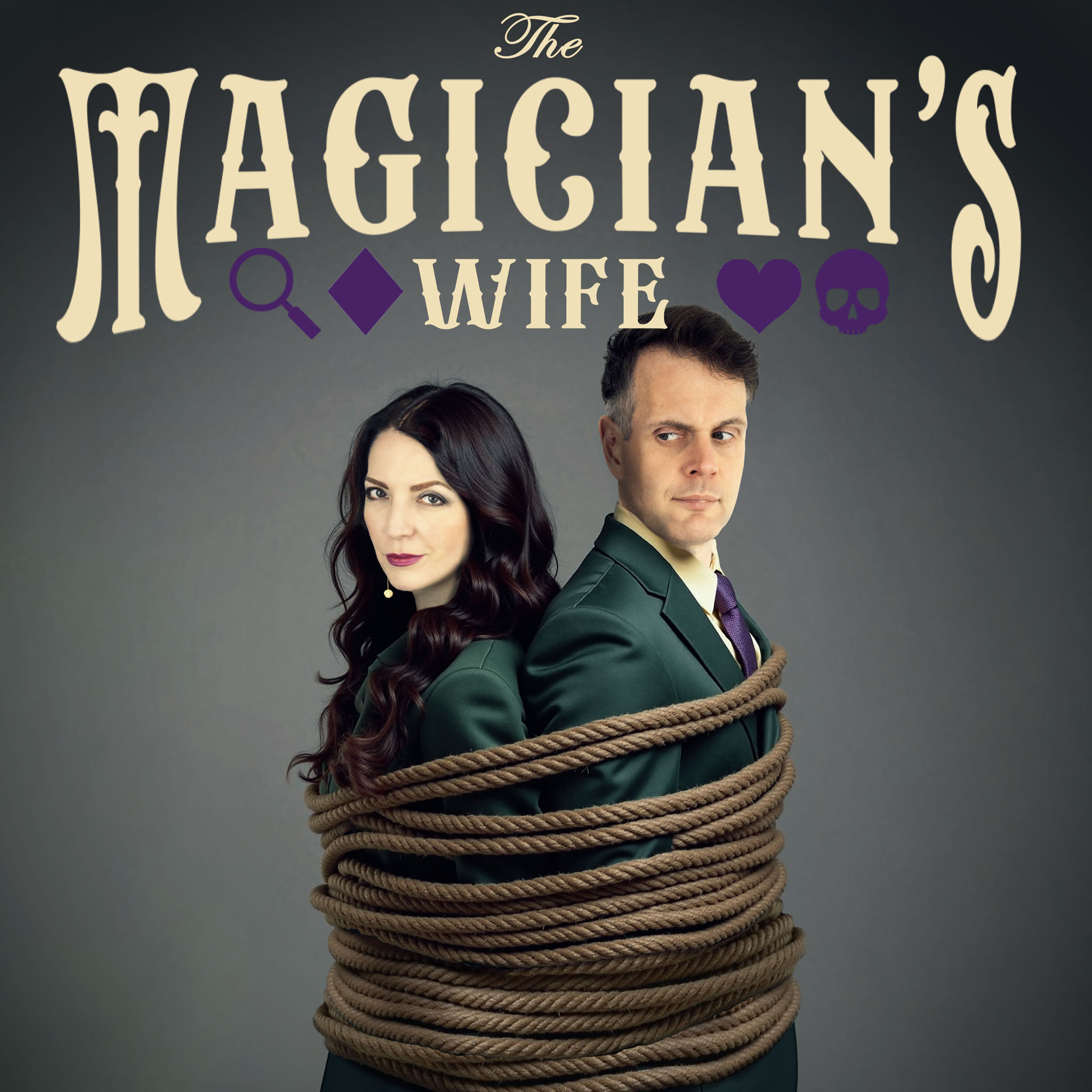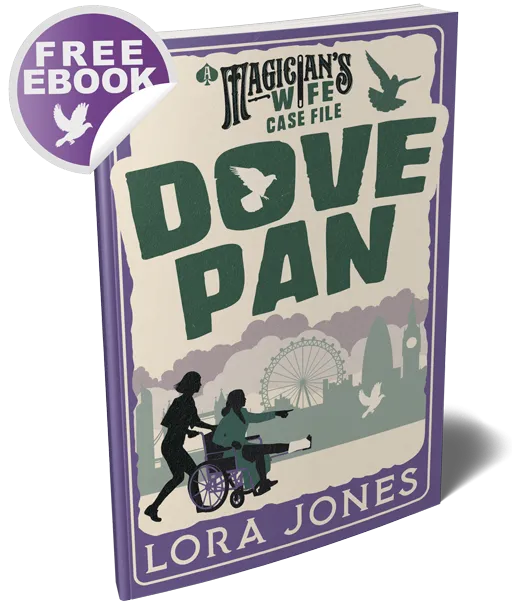The Method
After Julia Wallace is found brutally bludgeoned to death at her Liverpool home in 1931, her husband William is arrested. He is subsequently tried, and convicted, of Julia’s murder. At his trial, the prosecution team paints William as a cold, calculating killer who staged the elaborate “Qualtrough” alibi to give himself an opportunity to commit the crime. However, in an unprecedented move for the time, the Court of Criminal Appeal quashed William’s conviction, on the grounds that there was not enough evidence to support it. And so William was freed, but the locked-room mystery of Julia’s death deepened. Because if William hadn’t murdered Julia, then who had? And how?
Theory 1: William Herbert Wallace was guilty all along.
Despite the fact that his conviction was quashed, many maintained that William Wallace was indeed Julia’s killer. The “Qualtrough” call, they argued, was made by William himself from a nearby phone box shortly after arriving at the chess club, or else by a paid accomplice. William’s precise, almost emotionless demeanor following his wife’s death rang alarm bells for many, the suggestion being that William had pre-staged his Qualtrough alibi the previous day, before travelling to the Menlove Gardens area of Liverpool. Then he returned, pretended to try the doors he’d already locked, and called upon the assistance of his neighbours to make his story seem more convincing.
But even if this was true, then just how did William manage to lock the doors – and windows – to his house from the inside? Was the back door bolt crucial to how this might have been achieved? Could William have manipulated the bolt with a tool through the letterbox, or a small gap? Or perhaps it was actually a spring bolt that could be set before the door was pulled shut, thereby locking it. William could have hidden Julia’s missing £4 in cash in advance, to make the scene look like a burglary. But what about his half-burned mackintosh, found under Julia’s body? And there was also the question of motive. Though the prosecutors hinted that the Wallaces’ marriage may have been an unhappy one, it was never proven.
Theory 2: The killer was actually a man named Richard Gordon Parry.
Incredibly, contemporary crime writers began to take an interest in the locked-room murder of Julia Wallace. And authors including Raymond Chandler and P.D. James put forward a new culprit: Richard Gordon Parry. Richard was a young former colleague of William’s, known to be somewhat unscrupulous and often in need of money. Richard knew William’s routine, and had also previously visited the Wallace’s Anfield home.
Critically, though, the telephone operator at the chess club, and another witness, believed the voice of the mysterious “Qualtrough” strongly resembled Richard Parry’s. Furthermore, Richard was also known for making prank calls. Did he telephone William’s chess club that night to deliberately lure him away on a wild goose chase on the other side of the city? Did he intend to burgle the Wallaces’ house, believing Julia would be out at the time or else easily overpowered? Perhaps she resisted Richard’s efforts to rob her, and was fatally attacked in the process. Maybe the £4 in Julia’s cash tin was all Richard could find before he panicked and left the house.
But, given the doors were locked from the inside, just how could Richard Parry have got out? If he was known to Julia, then she might have willingly let him in. He could even have had a spare key or been aware of a vulnerability in the house’s security. But out? Could one of the Wallaces’ door locks have been faulty? – a lock that later appeared secure? This particular part of the mystery still had no answer.
A few further details also appeared to make Richard Parry a convincing suspect in Julia’s murder. His alibi for the night she died was considered weak by many of the investigators, and he allegedly made incriminating remarks to acquaintances in the months and years that followed.
Theory 3: An unknown and random burglar killed Julia Wallace
This theory suggests the “Qualtrough” call was an unrelated coincidence, or a prank by someone else entirely, that just happened to draw William away at the fatal time. An opportunistic burglar, seeing the house appeared empty, or targeting it for other reasons, broke in, and Julia disturbed the intruder, leading to a violent and deadly confrontation.
However, this hypothesis faces the same challenges in explaining the locked doors. Did the intruder have a specific method for leaving and securing the property behind him – perhaps it was this particular burglar’s modus operandi? – or did the police instead miss a point of exit?
Theory 4: Julia’s death was the result of a more complex plot by an unknown adversary.
A less likely theory, but one considered at the time, was that someone else with a deep grudge against William Herbert Wallace meticulously planned the murder in order to frame him. This would have required intimate knowledge of his habits, and the killer would also have had to make the “Qualtrough” call, or arrange for someone else to do it. But just what would his motive have been?
Four intriguing theories for a locked-room murder that has baffled police and armchair sleuths alike for the best part of a century. Had William been guilty of his wife’s murder all along? Or was the culprit Richard Parry; a local burglar; or a hitherto unidentified adversary? It seems that, unless a definitive answer is found to some of the questions surrounding the case, the brutal murder of Julia Wallace in her locked Liverpool home will continue to endure as one of Britain’s most perplexing unsolved crimes.
© 2025, Lora Jones. All rights reserved. Reproduction prohibited without written permission.



